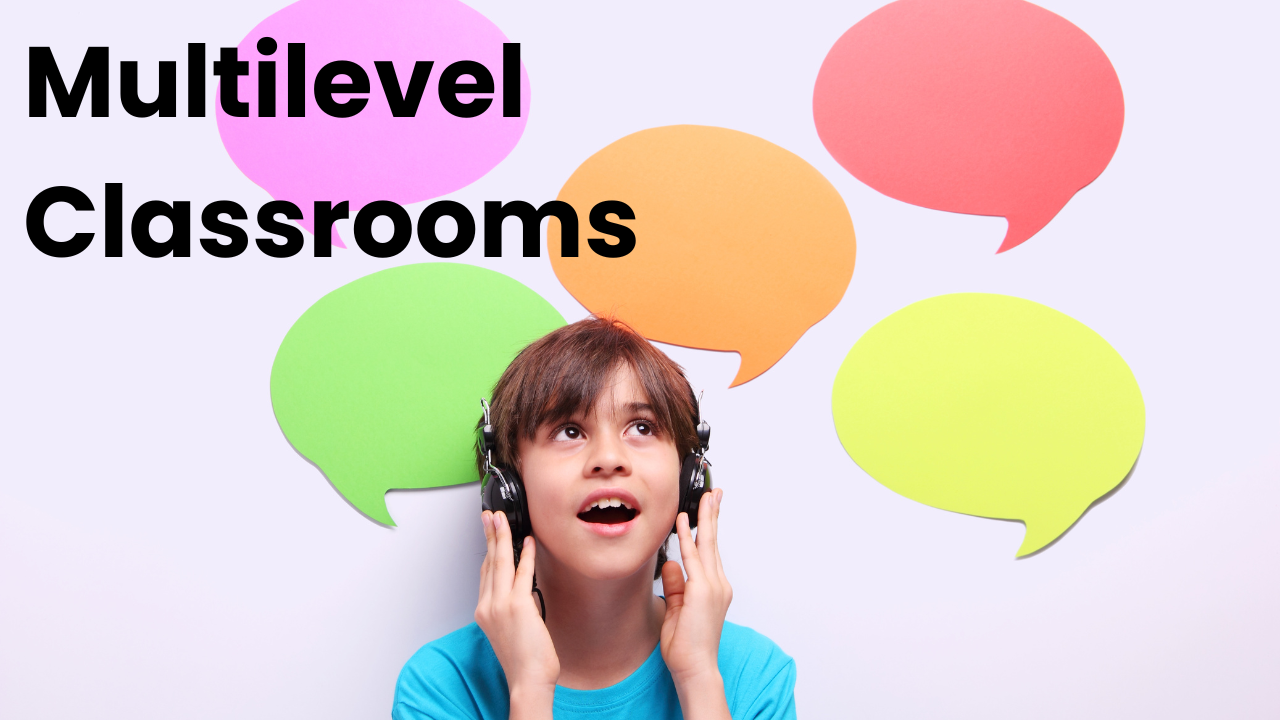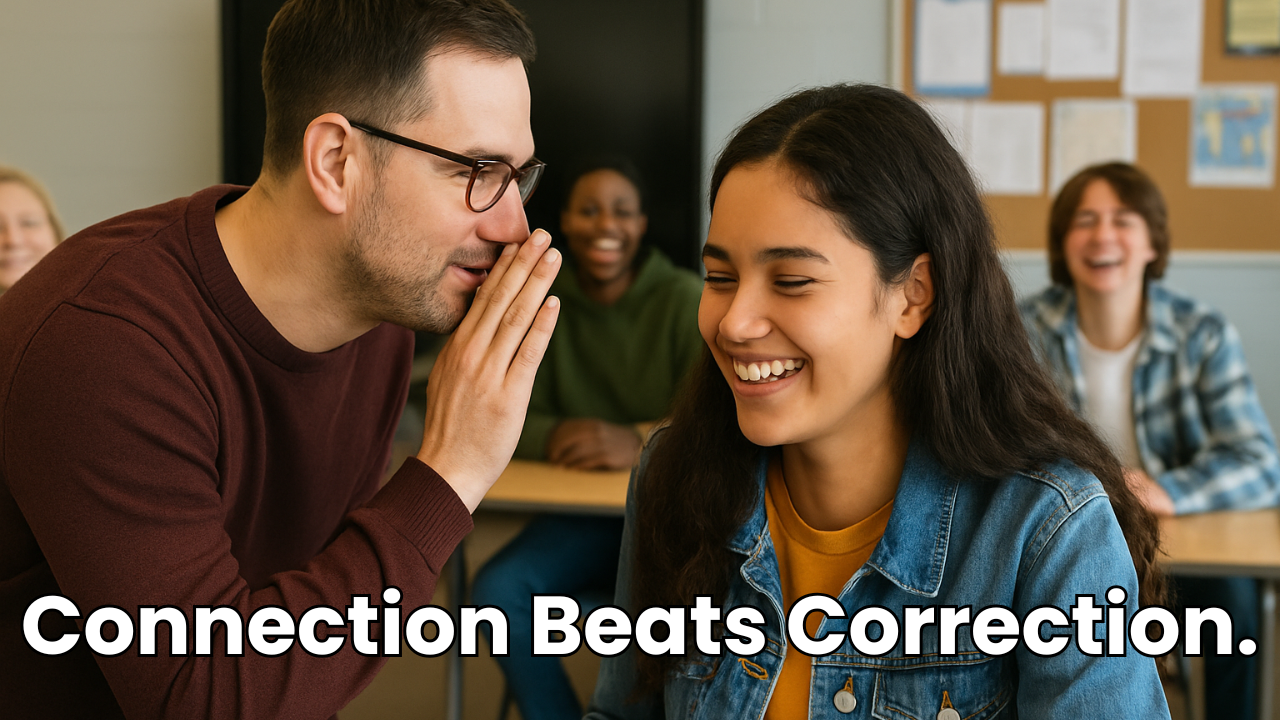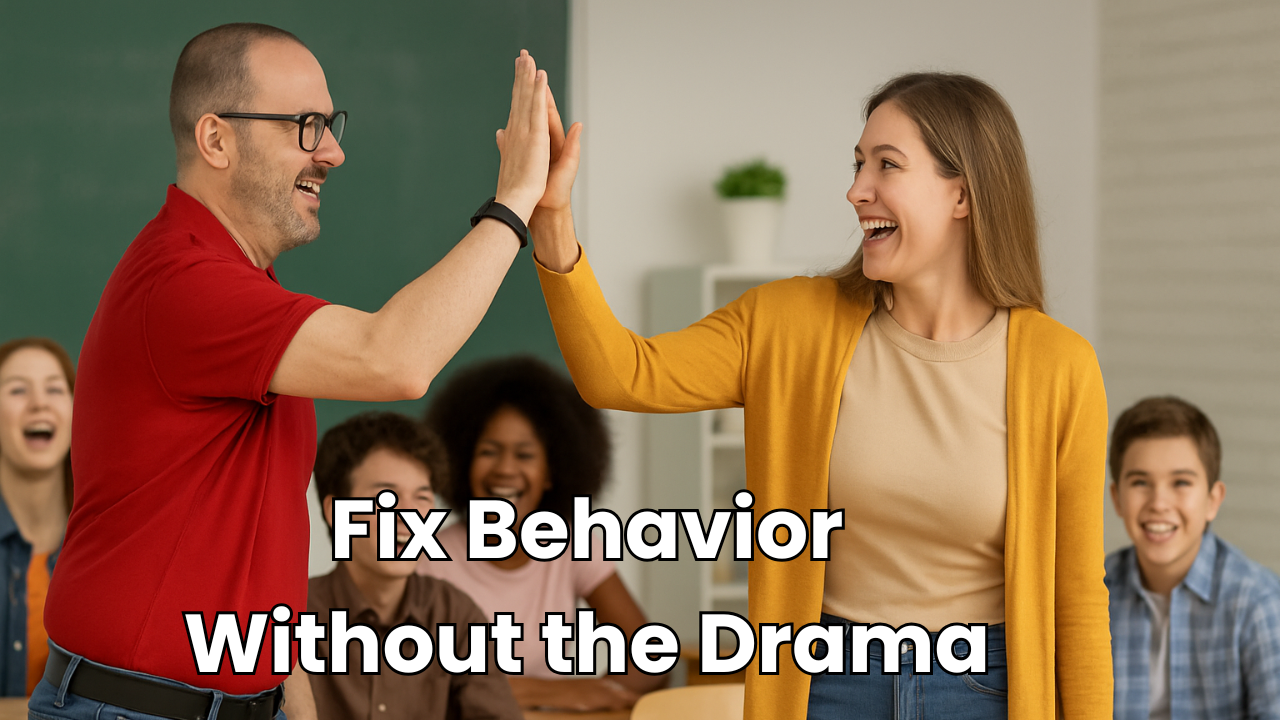
If you're anything like me, you know the struggle of managing a classroom with varying levels of language proficiency.
Trust me, we've all been there.
The good news?
There are ways to turn this challenge into an opportunity for both you and your students.
So, grab a cup of coffee, and let's dive into five tried-and-true strategies to make your multilevel classroom a thriving learning environment.
1️⃣ Use Differentiated Instruction
Let's kick things off with Differentiated Instruction.
This isn’t just another buzzword; it's a practical approach to teaching.
The goal is simple: meet your students where they are.
Consider using platforms like Newsela or ReadWorks that offer texts at multiple reading levels.
You can tailor the content to fit the individual needs of each student, so nobody feels left behind or, worse, bored.
2️⃣ Leverage Technology
Technology can be a real game-changer in a multilevel classroom.
With a plethora of apps and software available, you can easily assign different tasks based on each student's needs.
Quizlet, Duolingo, or even Google Classroom can serve this purpose well.
You get to save time, and your students get a customized learning experience. It’s a win-win!
3️⃣ Encourage Self-Directed Learning
Next on the list is Self-Directed Learning.
Now, I know what you're thinking.
How can this work in a classroom setting, especially with beginners?
Well, the key here is to give students the right tools and frameworks.
Think of it like teaching them to fish rather than just serving it on a platter.
Provide them with resources, vocabulary lists, or even question prompts.
Then, allow them to explore the language on their terms, guided by your expertise, of course!
4️⃣ Small Group Activities
Ah, the power of Small Group Activities.
These settings can create a cozier learning atmosphere where every student gets to shine.
When you group students based on their proficiency, it’s like setting up little support squads within the classroom.
Slower processors can go over the basics while faster processors can dive into more complex discussions.
Everyone gets to learn at a pace that suits them best.
5️⃣ Peer Tutoring and Collaborative Learning
Last but not least, let's talk about Peer Tutoring and Collaborative Learning.
This strategy taps into the communal nature of learning.
Pair up beginners with more advanced students.
The beginners get personalized help, and the advanced students get to consolidate their own understanding.
Plus, it fosters a sense of community, where everyone’s contributing to the learning experience.
Get Ready for the New School Year!
Worried about the upcoming school year?
You're not alone.
The good news is, we've got something special lined up for you: our Back-to-School Bootcamp!
This is a comprehensive 10-part webinar series aimed to help you conquer those back-to-school jitters.
You'll get insights on classroom design, first-day plans, and much more.
Reserve your spot today at imim.us/bootcamp. 🎉
Wrapping Up
And there you have it! Five actionable strategies to manage a multilevel language classroom.
If you're keen to keep the discussion going, hit up the comments section below.
I'd love to hear how you implement these strategies or any other tips you have to share.
Here’s to making language learning enjoyable, accessible, and comprehensible for everyone. Until next time, Happy Comprehensible Input! 🌟



